Rome is an extremely walkable city, even during the height of summer. Water fountains, possibly as old as Christ, access similarly ancient aqueducts for its water supply. And thanks to the foresight of rulers from millennias past, these functioning edifices are sprinkled across this storied city. For instance, if one takes a stroll from the neoclassic Anantara Palazzo Naiadi to say, the Spanish Steps, you’re bound to encounter at least five such fountains that still, after more than a thousand years at least, pump cool water that when patted on the neck, instantly refreshes the body.
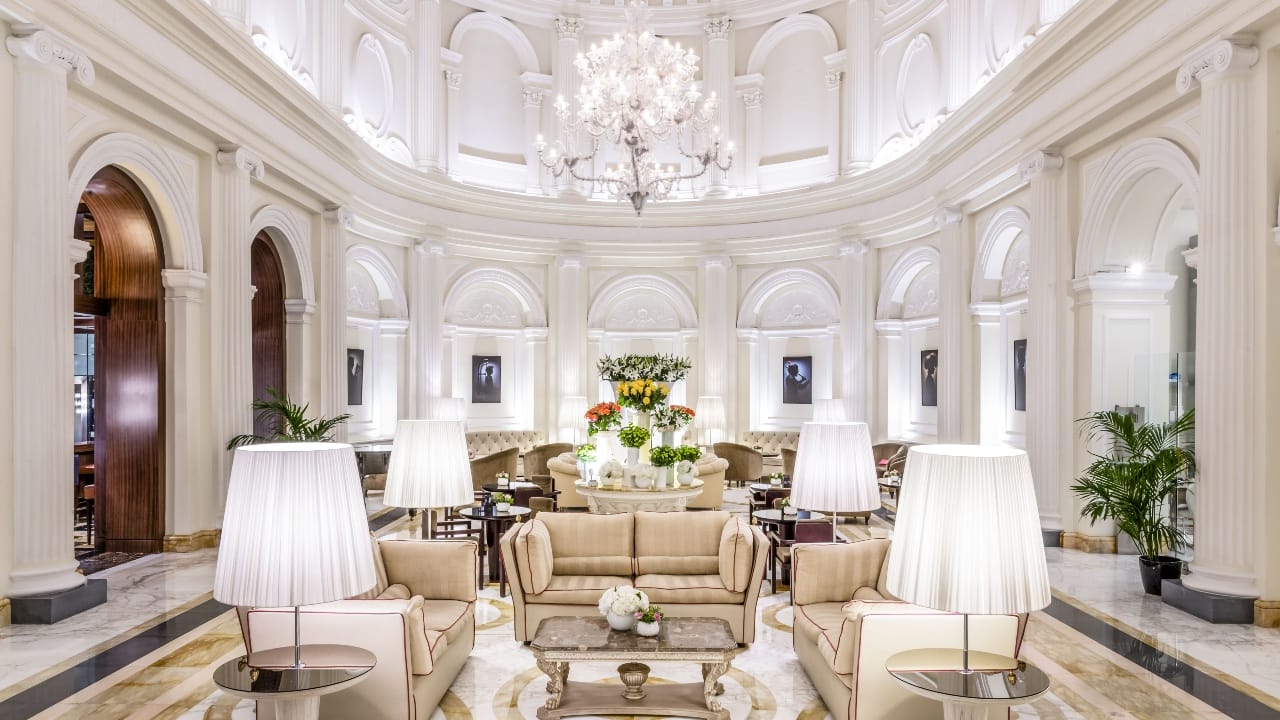
In the same spirit, the Anantara Palazzo Naiadi is a luxury hotel with undertones of refreshing Thai hospitality that the Anantara chain has built its name on over the past few decades. In Europe, such touchpoints matter, but at Anantara Palazzo Naiadi, travellers accustomed to an Asian-level of luxury will most likely feel at home.
The 232-room property, designed in 1887 by Italian architect Gaetano Loch, takes up most of a half-crescent marble-clad 19th century building that blends artfully with one of the city’s most recognisable landmarks, Piazza della Repubblica. The lobby was recently transformed into an art deco-ish inspired living room, with peach, lavender and mauve-tone sofas and upholstery that confidently whisper quiet elegance. This muted yet classy mood sets the scene for guests’ arrival through the hotel’s revolving doors into a space hinting at a dozen movie scenes and opening lines.
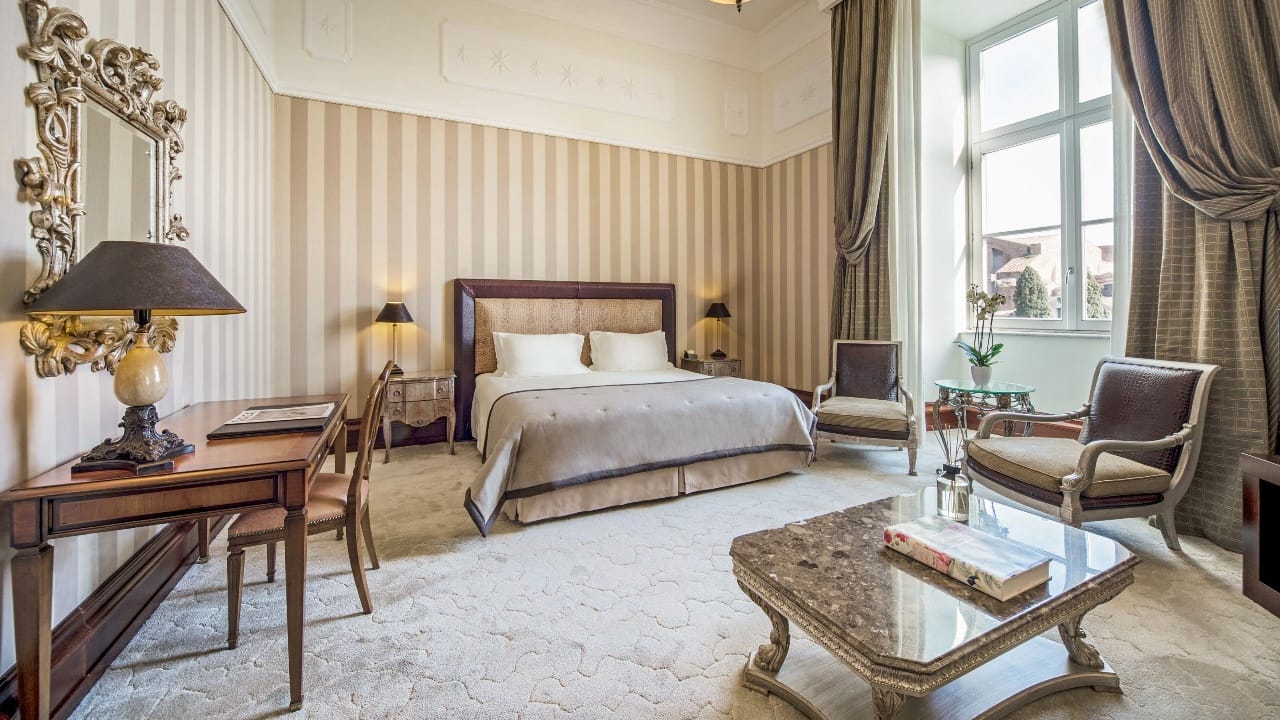
Upstairs, the rooms are less trendy or hipster, and veer more towards decor influenced by the property’s older incarnations that recall scenes from the gilt-edge film House of Gucci, which was shot partially at the hotel. Expect caramel-striped wallpaper, plush mocha carpets, antique desks replete with intricate drawer keys, and an authentic sense of place and time that’s impossible to replicate if the hotel were sleek and newly built. In the suites, bath amenities are from Acqua di Parma’s Colonia range, an undisputedly classic choice—a soap bar from the range keeps days old laundry sweet-smelling.
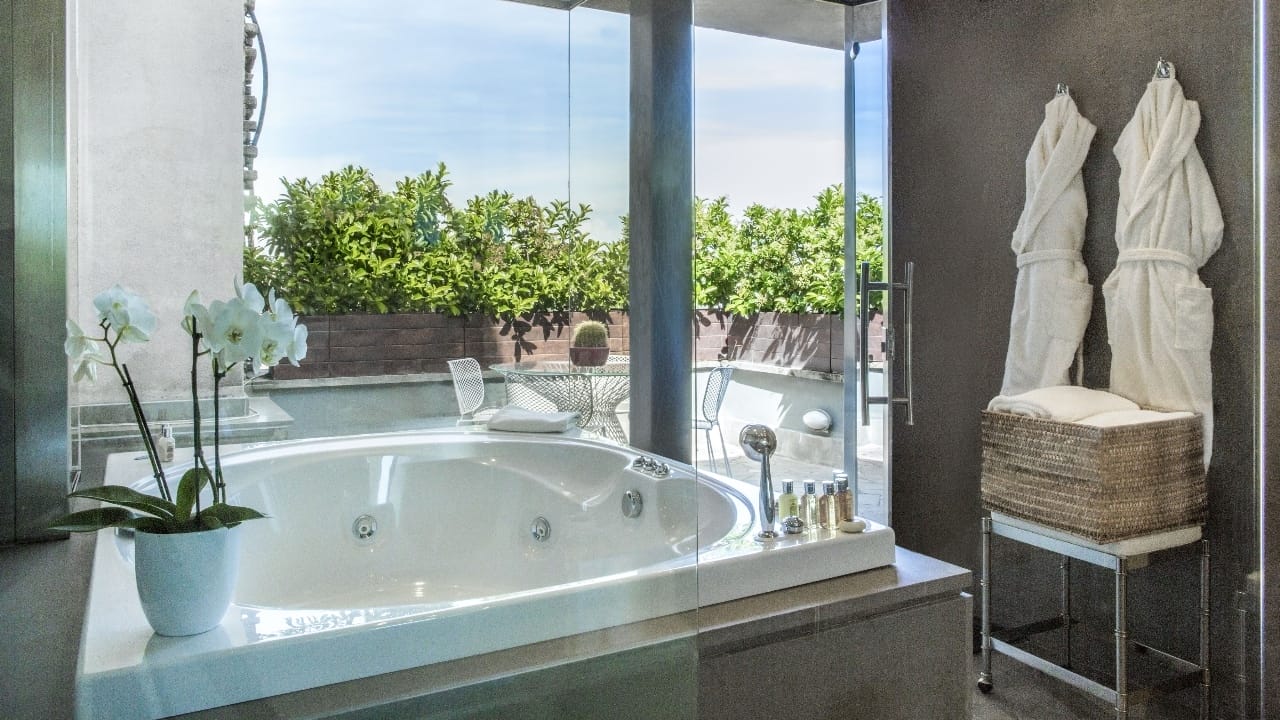
Breakfast at the hotel’s La Fontana, so named after the fountain at Piazza della Repubblica, is equally excellent and as wide-ranging as the morning repasts offered at Anantara Siam Bangkok, for example. Select from at least nine cakes and tart variations, a near endless cheese board mix, various meats carved on demand, a fruit bar with seasonal selections ranging from figs to plums, and locally sourced blood oranges, and possibly one of the best coffee brews in Rome—the caffeine content of which will fuel you with enough juice till dinner time.
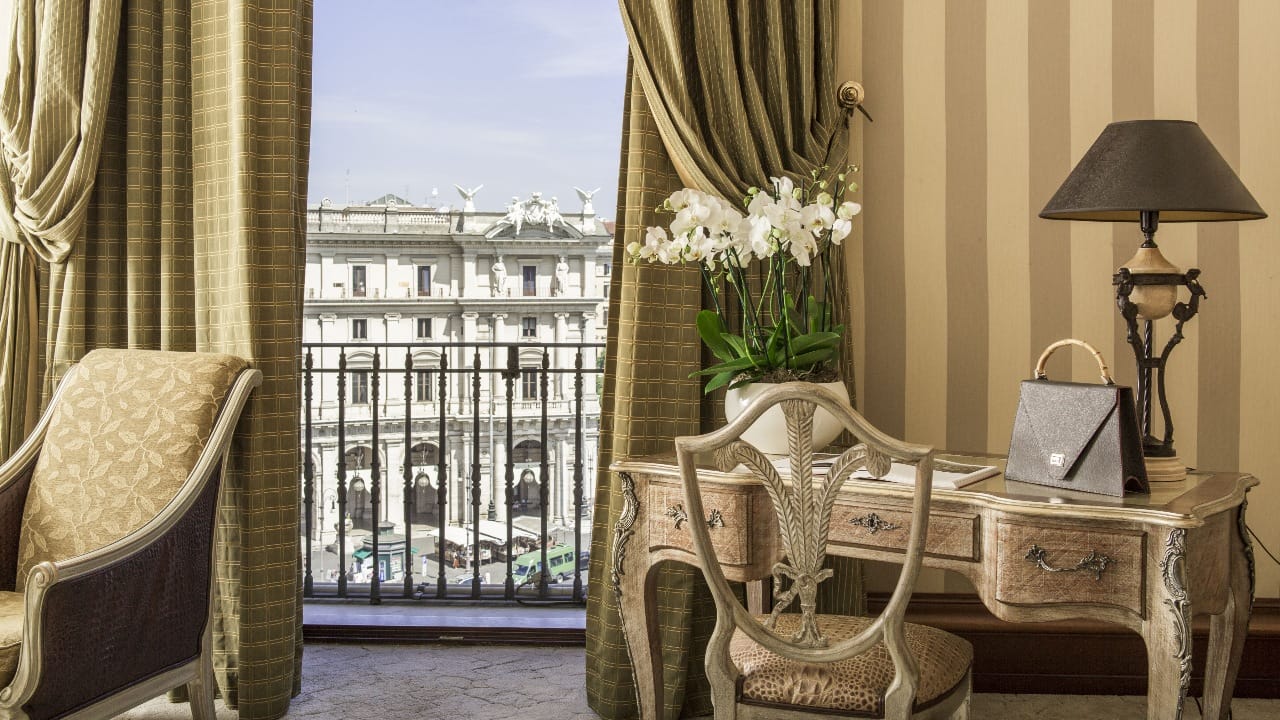
As for dinner, head to the hotel’s Seen by Olivier. The al fresco restaurant and bar on the uppermost terrace is a mosaic of Chef Olivier da Costa’s varied inspirations that stretch from Lisbon to Sao Paolo, Bangkok and now to Rome. It’s at Seen that Anantara’s brand of consummate Bangkok-born hospitality is revealed. The wait staff is well-trained, interested and personable with all guests. Menu suggestions, including an Asian-inspired yuzu salad and tiramisu (“You have to try it!”), are faultless as are the drinks, spanning classic negronis to champagne cocktails.
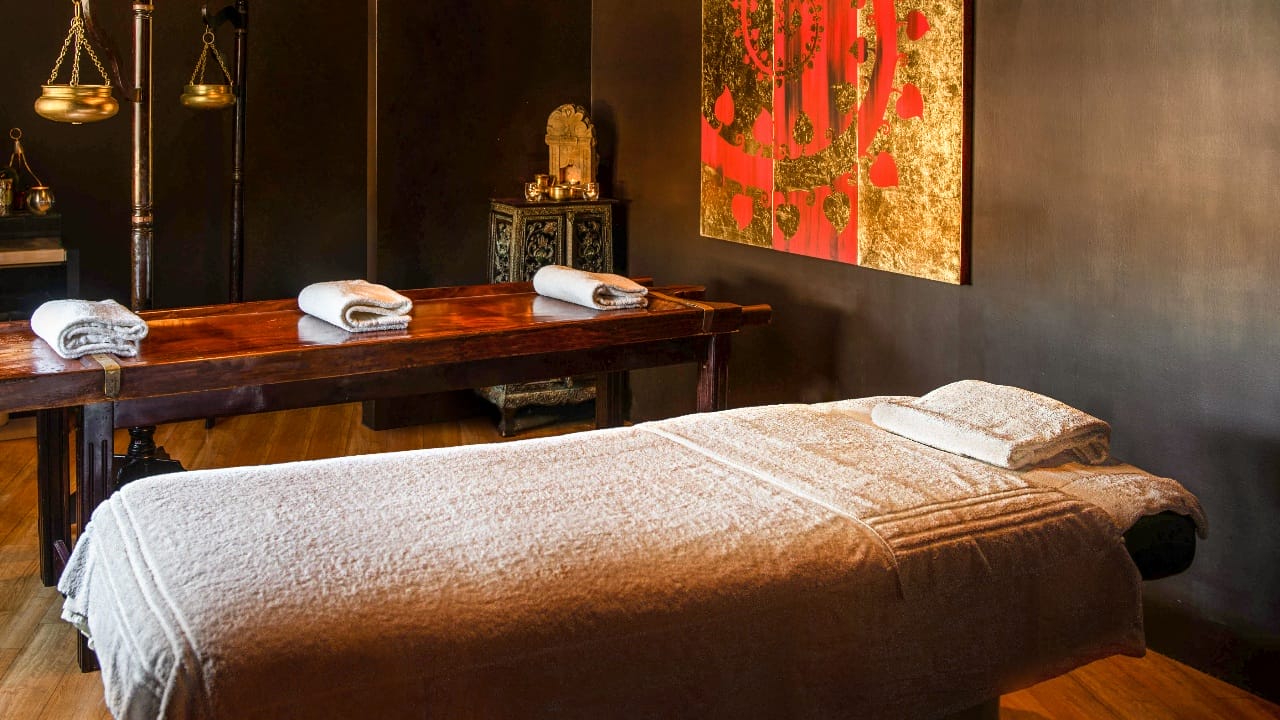
Over at the Anantara Spa, the Roman iteration continues to blend Occidental and Oriental therapies and wisdom. Thai Buddhist stonework greets guests on candle-lit pathways, while the hotel’s history as the location of the thousand-year-old Diocletian Baths is brought fittingly to the present. Opt for the Diocletian spa and bath ritual with its luxurious blend of ingredients unique to the location. These include olive oil, honey, sea salt, salt-pan mud, St. John’s Wort, laurel, sage, and lavender that work in alchemical harmony to conjure a sense of deeply felt well-being—perfect if you have just been traipsing around Europe and are in need of some serious decompression.




